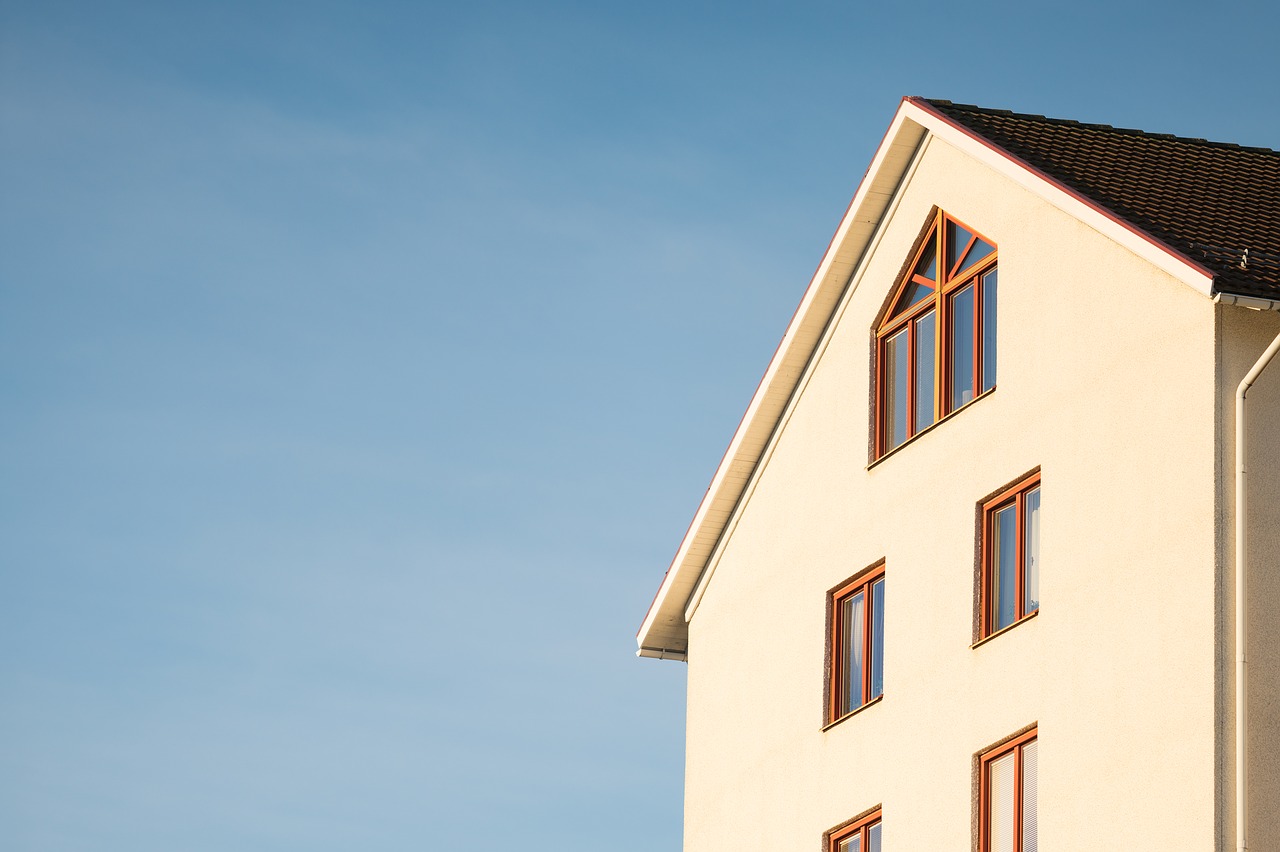By Amanda Abrams.
NIMBYism, it seems, never goes out of style. Despite an acute affordable housing crisis in many U.S. cities, getting new homes built for low-income people remains a giant challenge. As has been well documented recently, from Houston to Seattle, that’s due in no small part to NIMBYs. Local residents who, though they may be philosophically in favor of affordable housing, cry out, “Not in my backyard!” when it comes to building in their neighborhood.
There’s no one-size-fits-all solution that will instantly change such residents’ minds. There are, however, a handful of key steps that developers are taking to head off opposition to affordable housing development from the get-go — and diminish it once it’s arisen.
1. Be Proactive
Corianne Scally, a senior research associate at the Urban Institute who has extensively studied NIMBYism, has found that neighborhood opposition typically occurs very early in the development process. As a result, she says affordable housing practitioners need to engage “early and often.”
That’s borne out in practice. “There’s a strategy that usually fails: If we don’t say anything for a while, then maybe we can sneak it in and people won’t have time to organize against it,” says Amy Bayley, vice president of community planning at Mercy Housing California, a nonprofit developer. “That’s a fundamentally flawed idea.”
Bayley follows a fairly strict blueprint for interacting with a given community. First, she and her team identify a handful of local leaders and meet with them to talk about the upcoming project; some eventually wind up on a Mercy-organized advisory council to provide input on the development.
[divider] [/divider]





